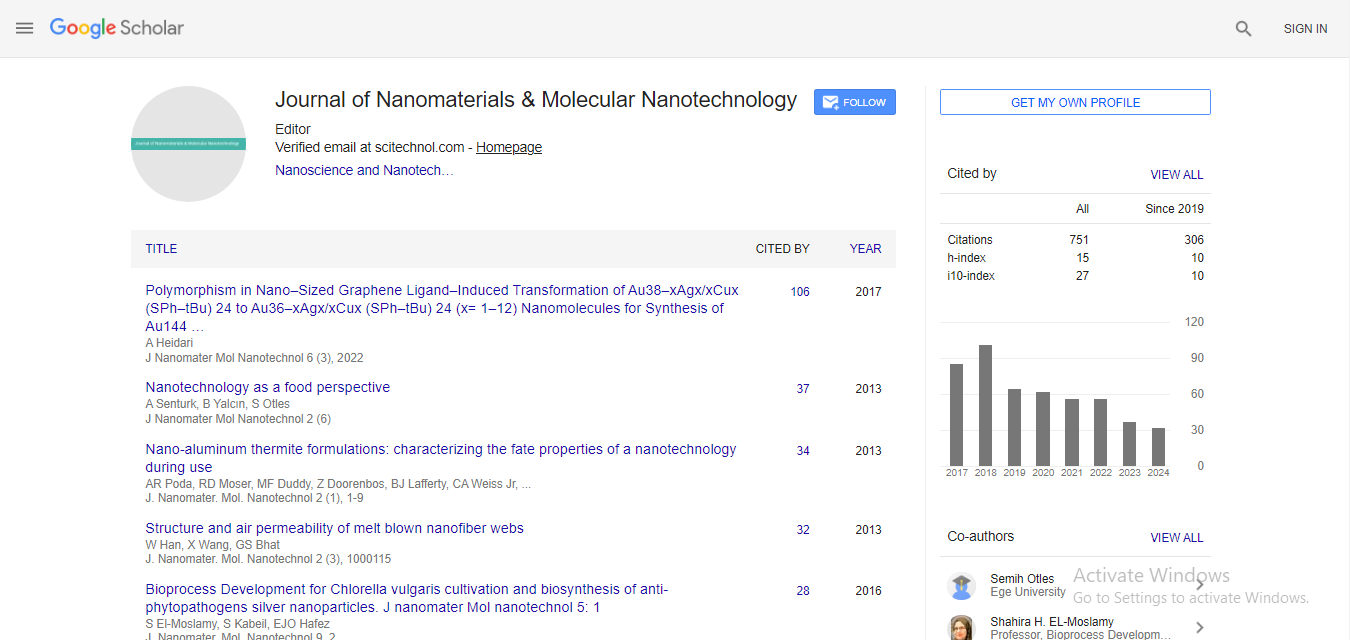A shift in theoretical attention for the properties of bulk materials to those of the borders
Anna Backerra
Eindhoven University of Technology, The Netherlands
: J Nanomater Mol Nanotechnol
Abstract
Originally physics was a science of observing all phenomena, including those whose existence was not proved experimentally. However, since the introduction of the laws of Newton, based upon observations of massive objects, like bullets, physics became a purely deteministic science. If phenomena could not be measured, they were ignored. When a century ago experimental results became increasingly counter-intuitive, scientists accepted that physics was going beyond human imagination. Later we continued to consider elementary particles as massive objects like tiny bullets, glued together by a rather mysterious medium called force. Since the discovery of nanomaterials it is incomprehensible that they behave in a different way than matter in massive objects. To be able to understand the behavior of new materials, the Newtonian way of thinking is expanded with an indeterministic way of thinking, based upon insights from quantum mechanics. The notion of indeterminism started with the uncertainty principle of Heisenberg. He was convinced that physics can be described entirely in a complementary way. However, not until forty years later a definition of complementarity was introduced by Jammer. Applied to everyday life, it opens a new window to the world. Having enhanced our comprehension with this new view, we constructed a complementary foundation for physics, called twin physics. The elementary item is the Heisenberg-unit, being a unit of potential energy. Only by interaction with another H-unit it can partly or fully be transformed into actual energy. Space is considered as a finite physical item being as important as mass. Twin physics is connected with classical physics by the laws of Maxwell, emerging from it. Four types of electrons are described, two of them being related to electricity in new materials. Also finite magnetic fields around them are described, restricted to a space of about molecular size.
Biography
Anna Backerra has graduated in theoretical physics at the Eindhoven University of Technology in The Netherlands and worked for three years at Philips Research Laboratories. She continued independently, making a search for complementary physics. To develop a way of complementary thinking she studied composition at the Conservatory in Enschede and in Saint Petersburg (Russia). In this way she discovered that new musical and physical developments in history usually occur simultaneously, revealing a deeper scientific understanding. Using this similarity, she constructed a complementary mathematical language and applied this on physics, obtaining twin physics. The results are published in Physical Essays (3 papers), in Applied Physics Research (3 papers) and combined in a book. Nowadays she focusses on possible applications in new technologies.
E-mail: annabackerra@gmail.com
 Spanish
Spanish  Chinese
Chinese  Russian
Russian  German
German  French
French  Japanese
Japanese  Portuguese
Portuguese  Hindi
Hindi 



